thams
Omono
I paid a visit to Plant City Bonsai today in Claremont, GA to scope out some material. After sorting through the "sea of junipers" for about an hour, I selected two shimpaku junipers to take home. These are my first junipers ever, so I'm excited about the prospect of tinkering with them. I have a ton of reading to do before I really touch them, but I cleaned out most of the dead foliage and branches, cleared the top of the soil of debris, brushed the trunks and branches to get rid some gunk build-up, and cut down the pots to the soil line to discourage excessive moisture within the canopy. One has a straightforward structure with one main trunk and the other has multiple trunks with tone of crazy bends. I tried snapping some pictures, but it was difficult to photograph the trunks with all the foliage in the way.
Are there any other things I should immediately do while reading up on styling tips and general care? I'm not a stranger to bonsai, but I've only kept deciduous and evergreens before now. I know I'll need to bend the hell outta the branches to achieve a nice silhouette, but I'd like to also encourage back budding where I can.
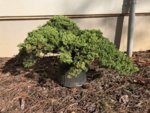
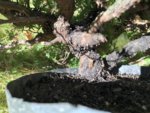
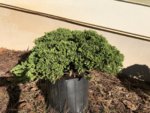
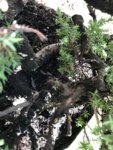
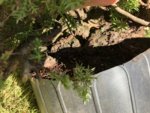
Are there any other things I should immediately do while reading up on styling tips and general care? I'm not a stranger to bonsai, but I've only kept deciduous and evergreens before now. I know I'll need to bend the hell outta the branches to achieve a nice silhouette, but I'd like to also encourage back budding where I can.





